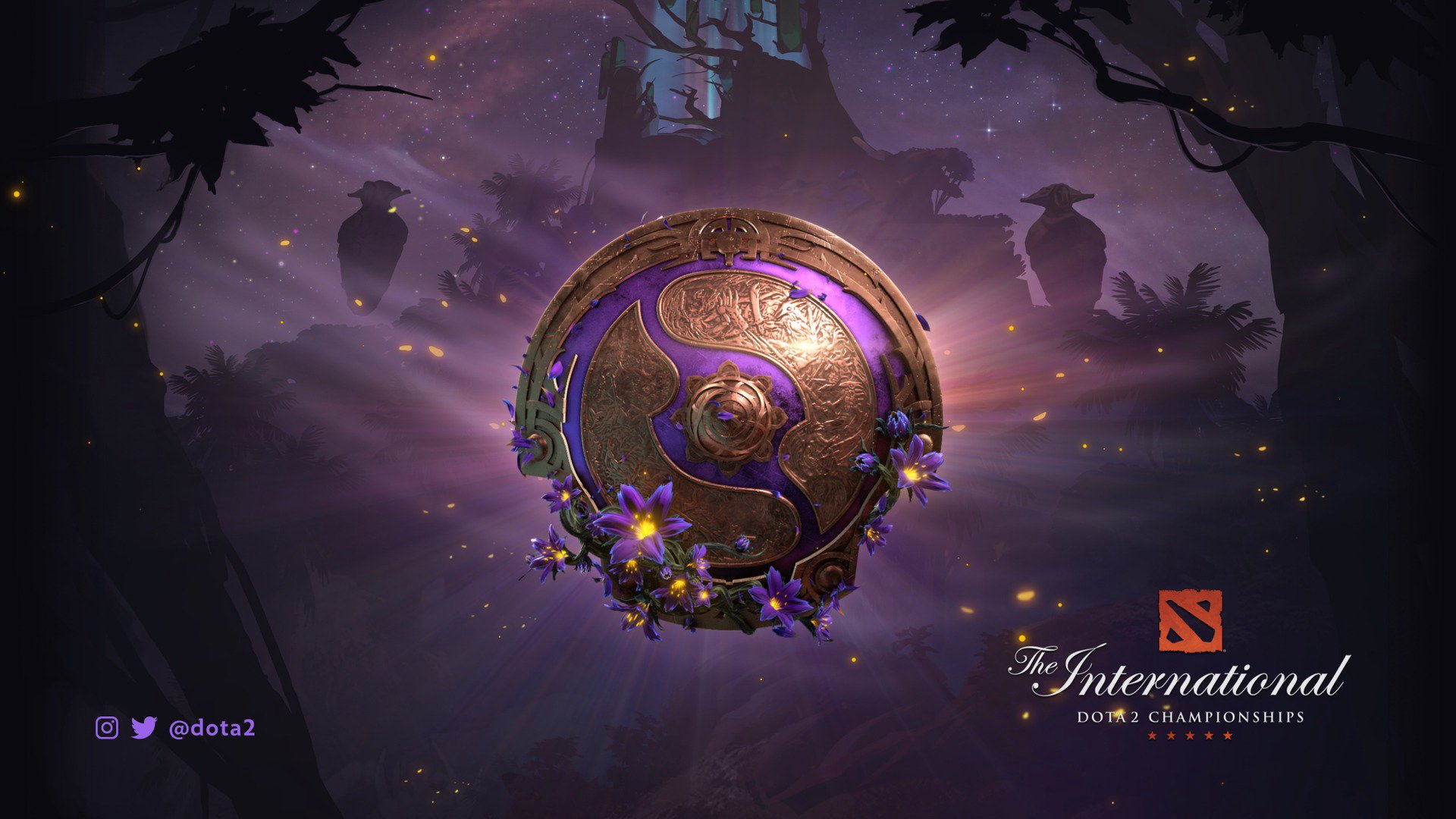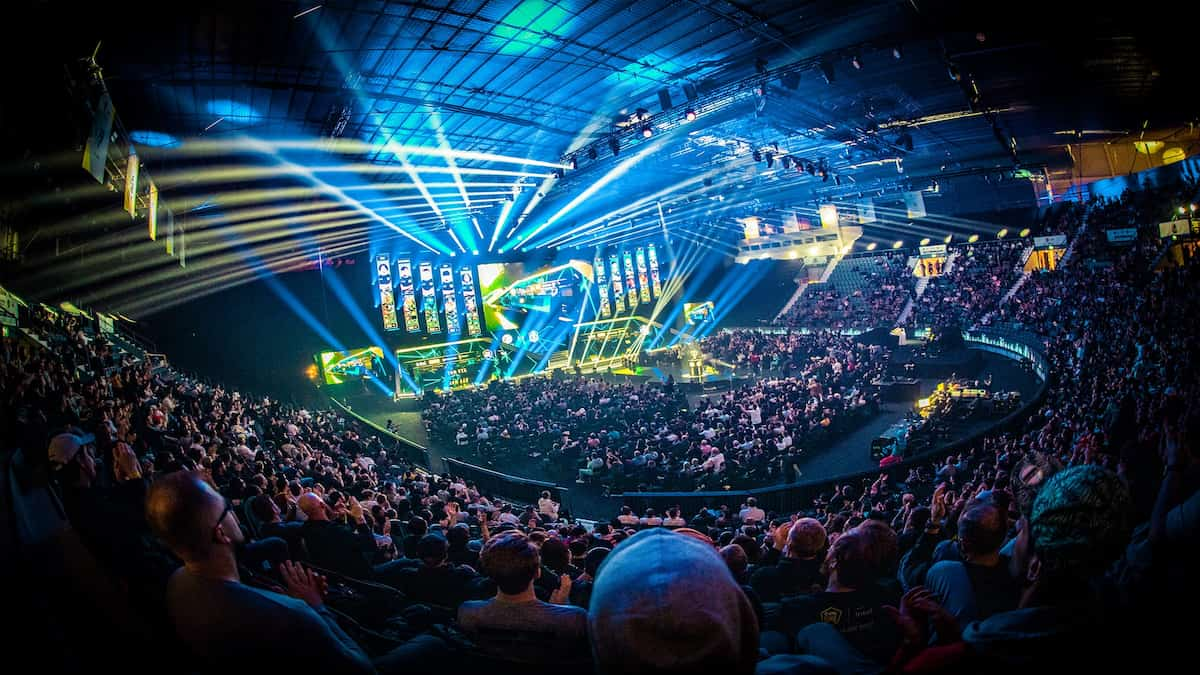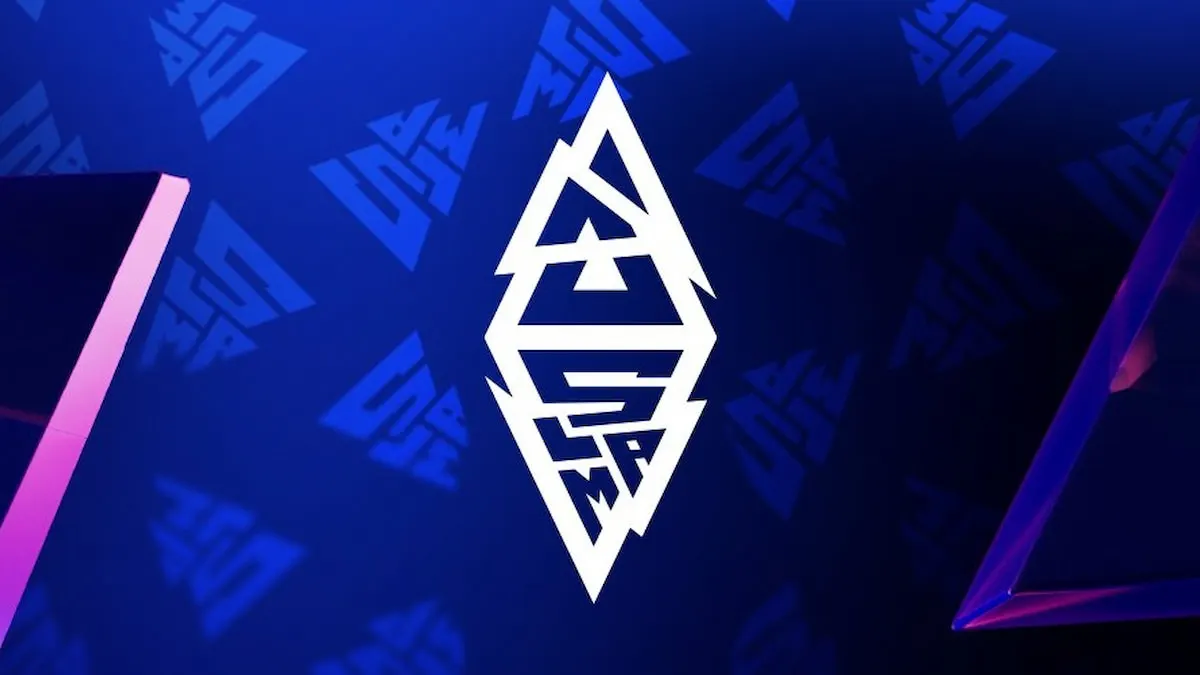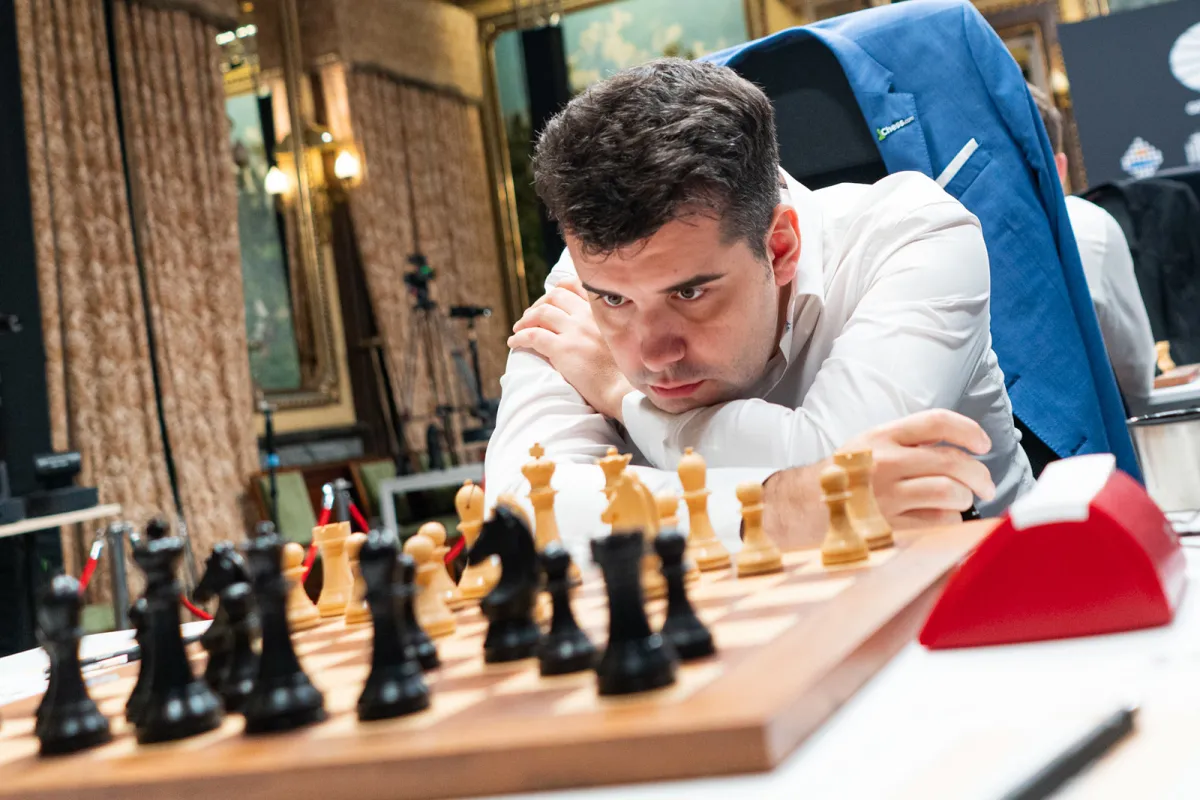This article is brought to you by StatBanana, the best Dota 2 strategy tool.
Love it. Embrace it. The International 9 arrives all the same. Eighteen of the world’s best teams will battle it out on a foreign battlefield since TI will be held in Shanghai for the first time.
The prize pool is once again the headline, shattering records. Over $32 million will be won by the various teams, while every squad above sixth place will walk away as millionaires.
Now, all that’s left for fans to do is kick back, relax, and find out how to watch TI in the best way possible. Let the games begin.
Where to watch
For those who aren’t in Shanghai, there’s a bevy of streaming outlets to choose from. The quintessential streaming experience will definitely be available on Twitch, where you’ll get the full breadth of content including the games, post-game interviews and analysis, and of course, dogs in Dota 2 cosplay.
During the group stage, the main stream will function as a multicast, switching between four different matches. If you want to follow a particular team, you can head to one of the four streams that will be dedicated to each concurrent match, available under the TI9 Twitch team. Official Russian and Chinese broadcasts can also be found there.
Users with lower bandwidth might want to try the YouTube stream or Valve’s own Steam.tv. While it might be hard to give up the Twitch emotes, both of these options are generally more forgiving toward poorer internet connections and they give you the ability to pause and rewind the stream at will.
The in-game DotaTV might be the best option for viewers who want full control over their broadcast experience. Want to control the camera yourself? Got it. Follow a specific player? Done. Listen to Russian casters while following the English observer? Sure. But the audio quality does usually suffer compared to the stream.
For newcomers, there’s a dedicated beginner’s stream that will help explain some of the mechanics in the game. It comes with helpful popups highlighting certain heroes or mechanics in the game.
What’s on the line?
Besides your names being etched and forever immortalized onto the Aegis of Champions and having a cool pop-up in-game, players will be fighting for their share of an Earth-shattering $32 million. Once again the record holder for an esports prize pool, every single team will take a bite of the pie, win or lose.
At time of writing, the prize distribution is as follows:
- First: $14,944,358
- Second: $4,269,816
- Third: $2,956,027
- Fourth: $1,970,684
- Fifth-sixth: $1,149,566
- Seventh-eighth: $821,119
- Ninth-12th: $656,895
- 13th-16th: $492,671
- 17th-18th: $82,112
What’s the format?
From Aug. 15 to 18, teams will battle it out in best-of-two series to determine seeding for the main bracket. Eighteen teams will be split into two groups and the bottom team from each group will be eliminated without seeing the main stage in Shanghai.
From Aug. 20 to 25, the top 16 teams will fight their way through a standard double-elimination bracket. Out of the top eight teams from each group, the top half will head to the upper bracket, while the bottom half will face the lower bracket.
The first round of the lower bracket is a brutal best-of-one, meaning that at least four teams will be leaving The International on the first day of the main event. Some of the best Dota can be found on this ruthless first day, though, since teams pull out whatever stops they can to earn a chance to see another day.
From then on, every series will be a best-of-three right up until Aug. 25. On the last day of the event, three teams remain, with one already waiting in the grand finals. After the conclusion of the lower bracket final, two teams will lock horns in an exciting, winner-take-all best-of-five series—no bracket reset, no winner’s bracket advantage.
The winner will take home $15 million in prize money, have their names immortalized, and star as protagonists in their very own True Sight documentary.








Published: Aug 13, 2019 7:14 PM UTC